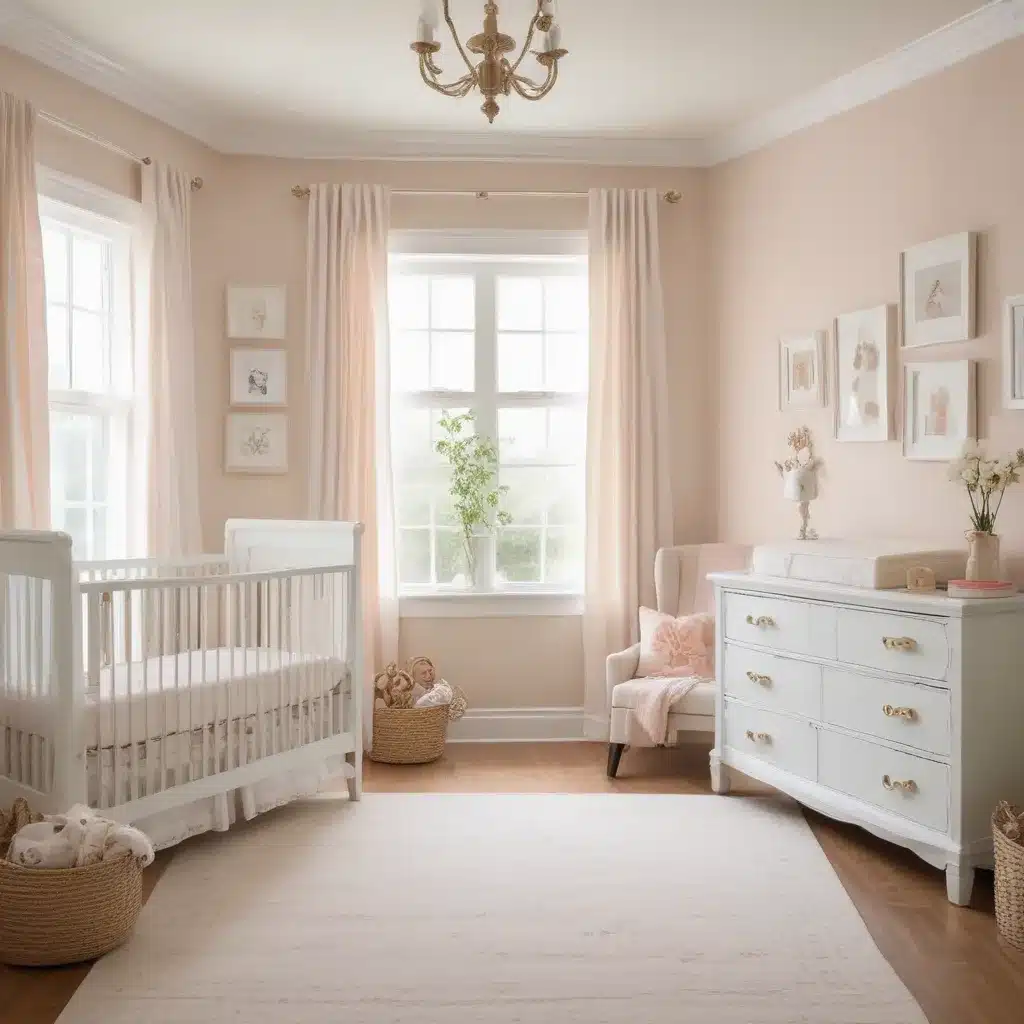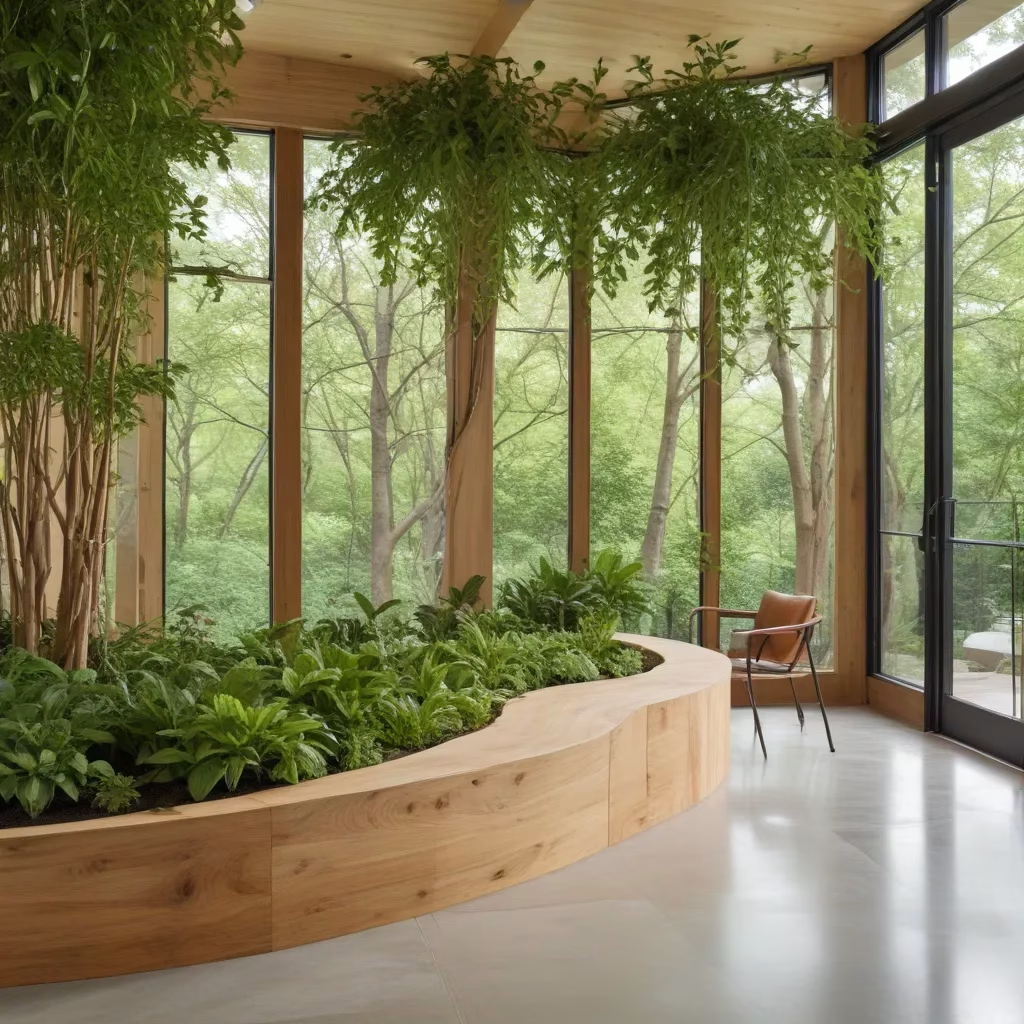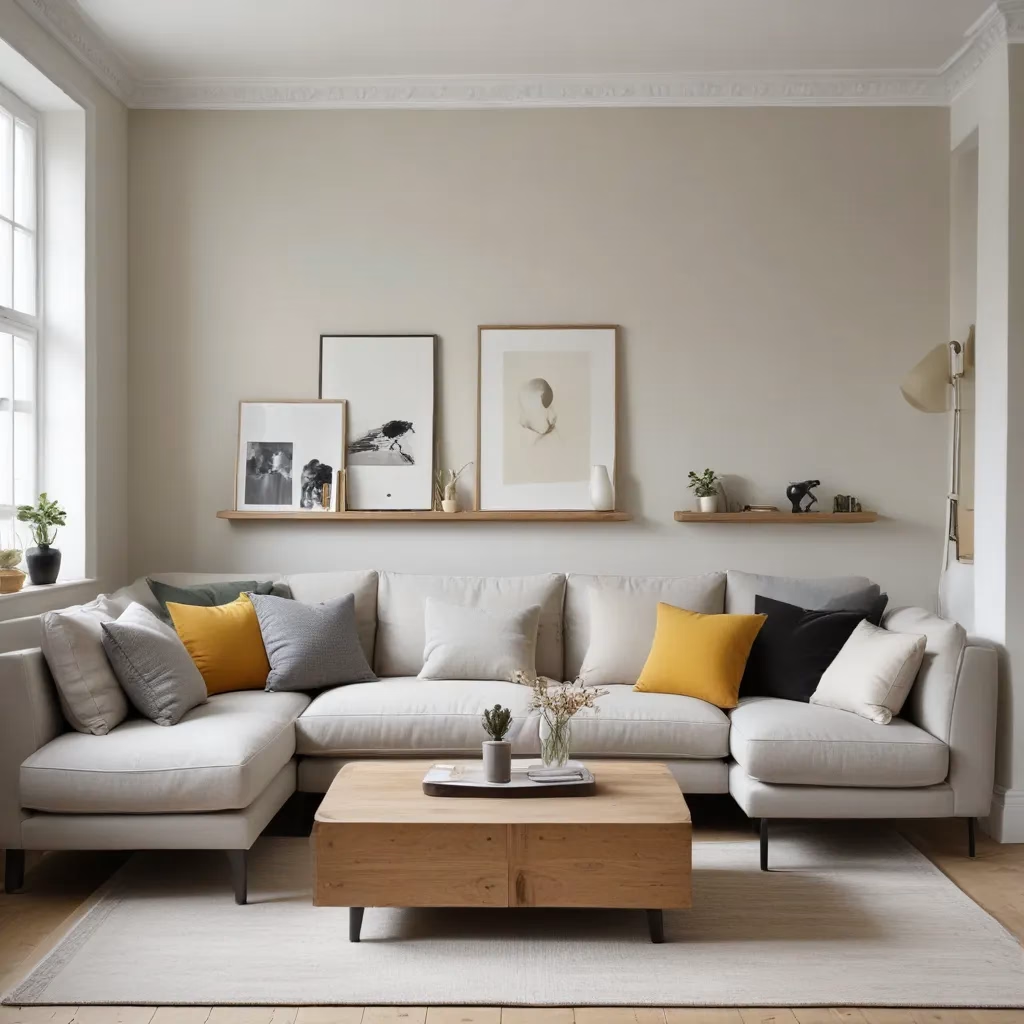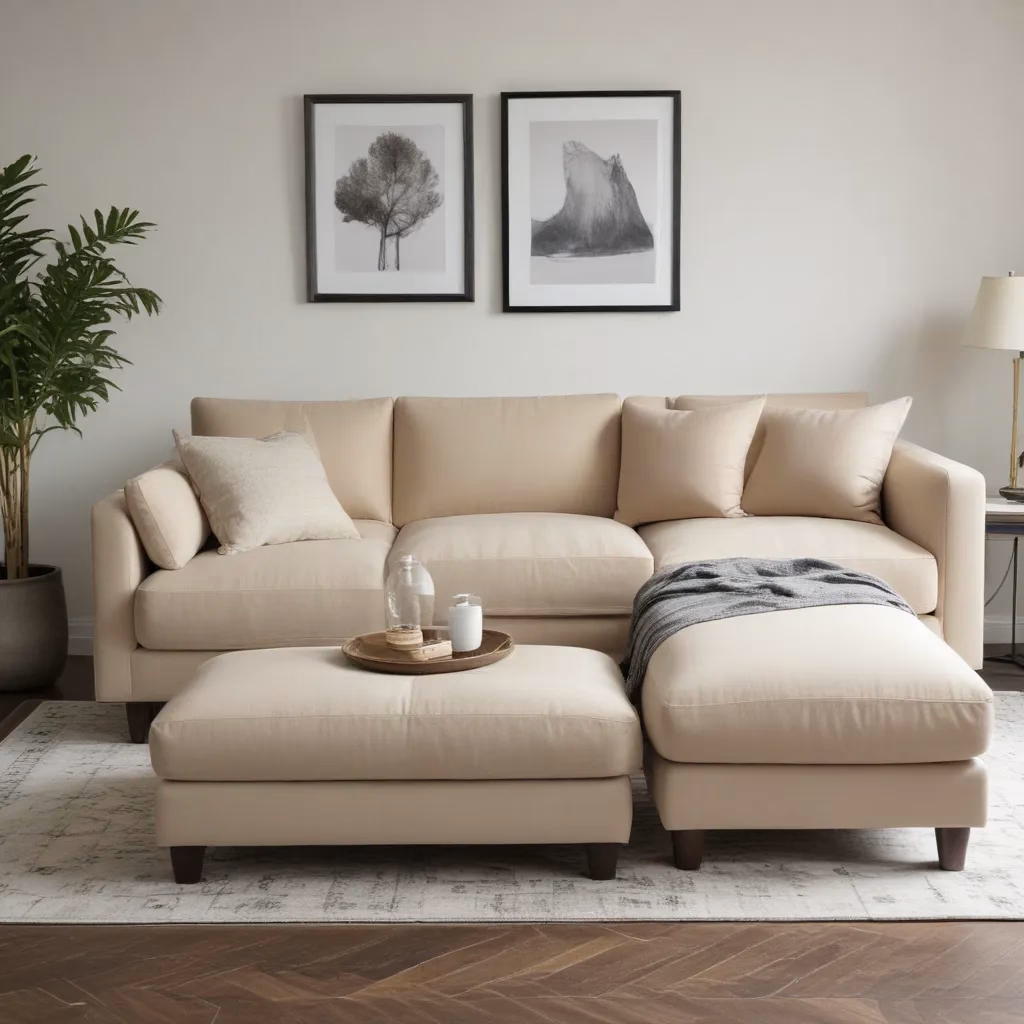As a new grandparent, I can tell you that nothing quite compares to the joy of welcoming a little one into the family. When my daughter Jenna and her husband Darius had their baby girl, Summer Harper, I was over the moon. Of course, as a design-loving parent myself, I couldn’t wait to see how they would transform the nursery into a space that would grow and evolve alongside their daughter.
The Importance of Adaptability
When it comes to designing a nursery, the key is to create a space that can seamlessly transition as your child grows. After all, those first few years fly by in the blink of an eye, and you don’t want to be stuck with a room that screams “baby” forever. As I mentioned in a previous article, Jenna and Darius opted for a gender-neutral, calm, and serene scheme for Summer’s nursery – a decision that will allow them to easily adapt the space as she grows.
Choosing Furniture That Transitions
One of the key elements in creating a nursery that grows with your child is selecting furniture that can evolve alongside them. Jenna and Darius chose the Kendall Fixed Gate Crib from Pottery Barn Kids, which can be converted into a toddler bed when Summer outgrows her crib. This type of “convertible” furniture is a game-changer, as it allows you to maximize your investment and avoid the need to replace large items as your child’s needs change.
Another expert tip is to focus on investing more in the dresser than the crib itself. The dresser will serve as a changing table in the early years, but it can then transition into a regular piece of furniture for your child’s room as they get older. Look for a well-constructed, high-quality dresser that will stand the test of time.
Incorporating Personal Touches
While the big-ticket items in a nursery are crucial, it’s the little personal touches that really make the space feel like home. In Summer’s room, Jenna and Darius incorporated several meaningful elements, like a custom rack Darius made to display gifts from loved ones, and artwork by their friend Katie Baker. They also incorporated family heirlooms, like an antique basket from Darius’ mother and a swan figurine that belonged to my own mother.
As I mentioned in my previous article, the idea is to create a space that feels “gathered” over time, rather than a sterile, one-dimensional nursery. By mixing high and low pieces, along with personal mementos, you can infuse the room with warmth and character that will grow alongside your child.
Choosing a Color Palette with Longevity
Another key consideration when designing a nursery that will evolve is the color palette. While it might be tempting to go all-in on the latest trendy hues, experts recommend choosing colors that will transition well into a “big kid” phase. Jenna and Darius opted for a soothing neutral scheme, with pops of color introduced through accessories that can be easily swapped out as Summer’s tastes change.
By selecting a more timeless color palette, you’ll be able to repurpose larger, more permanent pieces like window treatments and rugs as the room’s focus shifts from baby to toddler to child. This approach not only saves you money in the long run, but it also creates a cohesive, sophisticated feel that will grow with your little one.
Maximizing Multipurpose Pieces
When it comes to furnishing a nursery that will morph over time, the name of the game is multipurpose. For example, Jenna and Darius opted for a cozy, neutral-hued glider that can easily transition from a nursing chair to additional seating in Summer’s “big kid” room. As the experts at Everly & Monet note, a quality glider is a worthwhile investment, as it can serve as a comfortable spot for reading stories and relaxing long after the diaper-changing days are done.
Similarly, the pair chose a dresser that will function as a changing table in the nursery’s early days, but will later become a simple, elegant piece of furniture in Summer’s room. By selecting furniture with longevity in mind, you can ensure that your investment pays off as your child grows.
Putting It All Together
When I look at Summer’s nursery, I’m struck by the perfect balance of style and functionality. Jenna and Darius have created a space that is both visually appealing and adaptable, with thoughtful touches that reflect the unique personality of their family. From the custom-made rack to the antique heirlooms, every element in the room has a story and a purpose that will evolve alongside their daughter.
As I mentioned earlier, the key to designing a nursery that will grow with your child is to embrace adaptability. By selecting furniture and decor that can transition seamlessly, you’ll not only save money in the long run, but you’ll also create a space that truly reflects the changing needs and interests of your little one. And who knows? Maybe Summer will even pass some of those special pieces down to her own children someday.
So, if you’re embarking on the journey of designing a nursery, I encourage you to take a cue from Jenna and Darius. Embrace a neutral, versatile foundation, incorporate personal touches, and select pieces that can grow alongside your child. After all, the nursery is not just a place for your baby – it’s a space that will become a cherished part of your family’s story for years to come.




